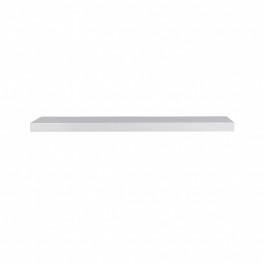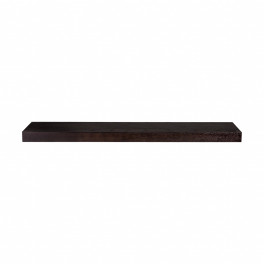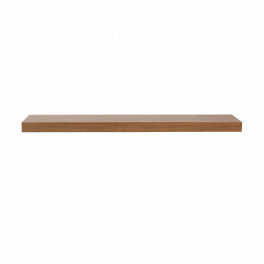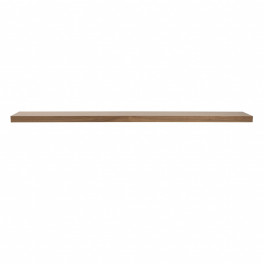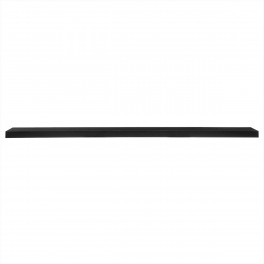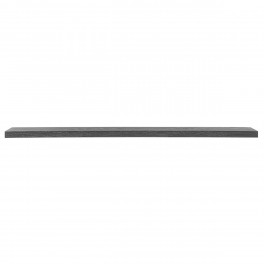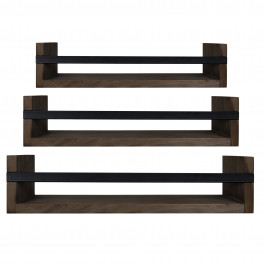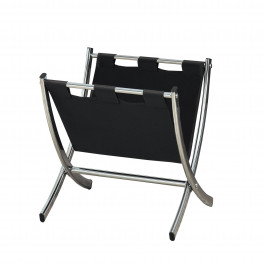Although you might think earthquakes are only a concern for people living in California and Alaska, anyone living west of the Rocky Mountains and even in parts of the East Coast can experience an earthquake. Most homes and buildings constructed in areas with frequent earthquakes are built to withstand some minor shaking, but the contents inside your house are another matter.
Property damage can be extensive when an earthquake hits, especially for items kept at high levels that are susceptible to falling and breaking. There’s little you can do to keep your home from shaking, but there are measures you can take to prevent the treasures you keep on the shelves from being destroyed.
Invest in Sturdy Shelving
Don’t go cheap on shelving or furniture. Buy sturdy shelving such as solid wood or heavy-duty metal. Plastic shelving and particleboard products can snap and break even when secured to the wall. Even with higher quality shelving, you will also need to secure the shelves to the wall in some way. To truly earthquake-proof shelves, they need to be anchored to studs in the wall, not just the drywall. You can use a stud finder to help locate studs in the wall to mount to.
You can use brackets, straps made specifically to secure shelves and large or tall furniture to the walls, or drill holes through free-standing shelves or bookcases to secure them to the wall. Floating shelves are already designed to be mounted to a wall. Just make sure they are securely fastened to studs. Other items such as armoires, china hutches, or tall pieces of furniture, and paintings, should be securely anchored to wall studs as well, for maximum support.

Photo by Ingo Joseph on Pexels
Secure the Objects on the Shelves
An earthquake-proof shelf won’t help you much if your items can bounce off the front edge and fall to their doom. A decorative board, valence, or galley rail will add style to the shelf and act as a shelf restraint. Bungee cords and rope are another option. Bungee cords are a favorite in restaurant pantries and homes alike for securing cans and bottles. The cords are easy to remove and work around when needed. Bungee cords are also great for bookshelves and keeping books from falling to the floor.
Don't Forget Cupboards and Drawers
Shelves behind doors are just as prone to losing their contents. In an earthquake, kitchen cupboard doors can swing open and items will be thrown from the shelves. Drawers can slide open as well, which can be dangerous for any easily breakable items. An easy way to keep this from happening is to install inexpensive child-proof cupboard locks to keep the doors and drawers closed and all the items inside when the earth starts shaking. Don’t forget about bathroom and bedroom furniture with doors. These items can be found easily online or in hardware stores.
Get a Grip
If you don’t want to alter the look of your shelves with boards or rails, a great way to secure delicate items to a shelf is to use what is called museum or mounting putty. This affordable, adhesive putty can be found at just about any home supply store. The putty is designed to secure collectibles and household breakables to a solid service and keep them from moving around during an earthquake. Museums and antique dealers routinely use the putty to protect porcelain items, china plates, vases, pottery, and other delicate collectibles and antiques from bumps and an other unexpected movement. The putty is simple to use and can be removed from the object without leaving any residue behind. Museum putty is not meant to be used on books or paper objects.
Your Mighty Fine Wine
When it comes to wine bottles, keep racks low to the ground. If you store your wine in wooden boxes, don’t stack them more than two high. If you really want to show off your wine collection, the bungee cord method should keep the bottles from jumping off the shelf or out of their racks. Many California wine companies use high-strength fishing line to keep bottles in place. You can wrap the fishing line around the necks of the bottles and then tie it tightly to the rack.

Photo by Voyagerix on Shutterstock
Other Things to Consider
Keep household cleaners and hazardous chemicals tightly sealed and on low-level shelves. Heavy collectibles and antiques should also be displayed on lower shelves. If an item falls off the shelf, it can damage other items and the floor in addition to itself.
Don’t hang heavy items, such as large mirrors and paintings, near couches, beds, or places where people sleep.
Take plenty of photographs of cherished items. This is especially true of valuable wines and antiques. If the item does become damaged, you may need a photo of it undamaged for insurance reasons.
Have a Plan
An earthquake can strike without warning at any time of day or night. If your home has previously experienced an earthquake or you live in an earthquake-prone area, make sure you and your loved ones know what to do and where to go if one should strike. Items can be replaced, but people and pets cannot. Talk about earthquakes together with your family in the event of another one. Discussing your plans ahead of time helps reduce fear and confusion in the event of an earthquake, especially for younger children.
Because an earthquake is not a matter of if, but when, for some people, minimize the damage to your home (and you and your family) by taking steps to secure shelving and items on shelves. Do a walkthrough of your home and look for any items that can be shaken loose during a quake. Even a small earthquake can topple furniture and rattle pictures on your walls




